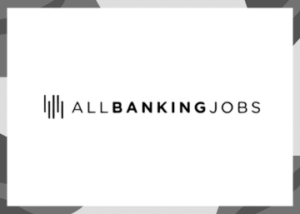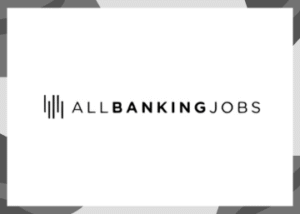The Federal Reserve’s Proposed Rule on Bank Stress Testing
The Federal Reserve recently issued a proposed rule that aims to bring more transparency to the calculations involved in bank stress testing. This move is part of the central bank’s efforts to address concerns about the lack of clarity and volatility in capital buffers required for banks.
Key Points of the Proposal
Under the proposed rule, the Federal Reserve plans to disclose the factors that will be used in stress-testing models ahead of the actual tests. This includes sharing the equations, variables, and coefficients that will determine the test results. The Fed is also seeking feedback from banks on these aspects.
Last December, the Fed acknowledged the need for more transparency in stress testing and the challenges posed by the current framework. This led to a lawsuit filed by trade groups, including the American Bankers Association and the Bank Policy Institute, citing violations of the Administrative Procedure Act.
Response to the Proposal
In a statement, Michelle Bowman, the Fed’s vice chair for supervision, highlighted the issues with the existing stress testing framework and expressed disappointment that these issues were only addressed after legal action was taken. However, trade groups welcomed the proposal, emphasizing its importance for economic growth and the rule of law.
Not all Fed governors were in agreement with the proposal. Michael Barr, Bowman’s predecessor, raised concerns about the potential impact on the credibility of the stress tests. Despite this, the majority of governors supported the proposal, with Fed Chair Jerome Powell viewing it as a step towards fulfilling the central bank’s commitments.
Looking Ahead
The proposal is open for public comments until January 22. Stephen Miran, the newest Fed governor, expressed support for the increased transparency provided by the proposal but emphasized the need for rigorous testing and public input. The outcome of this process will be crucial in shaping the future of bank stress testing.
For more information on the Federal Reserve’s proposed rule on bank stress testing, you can refer to the source here.






